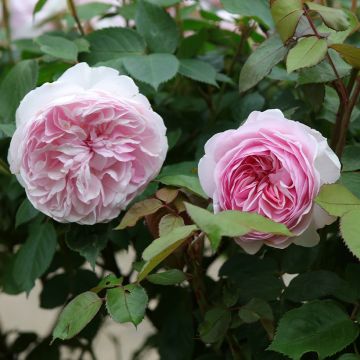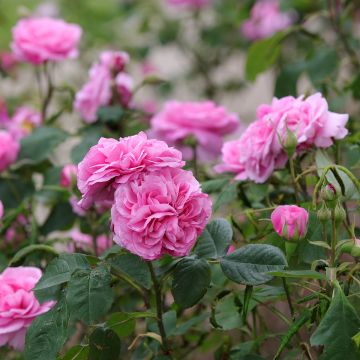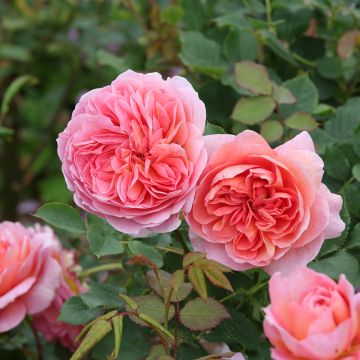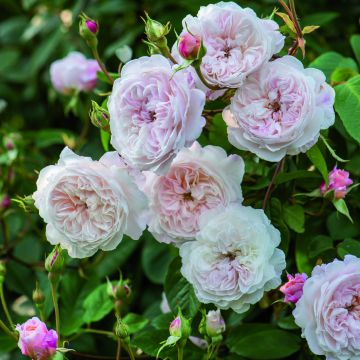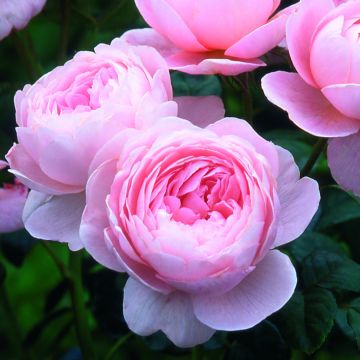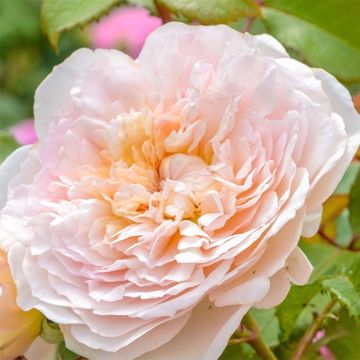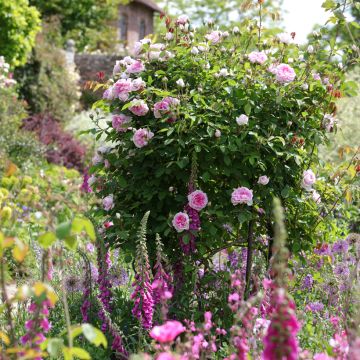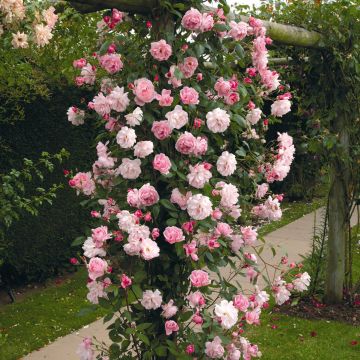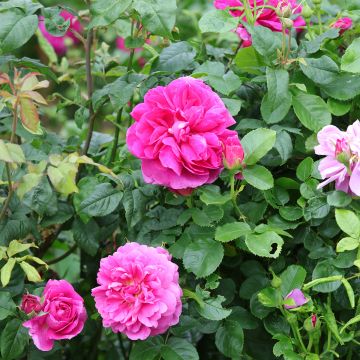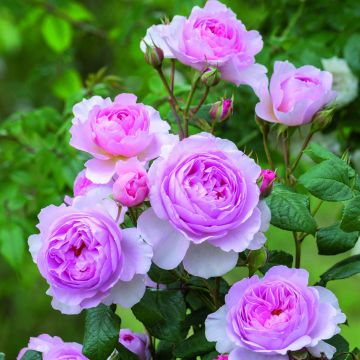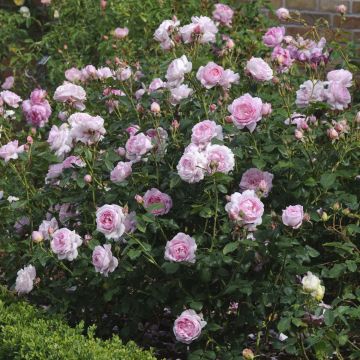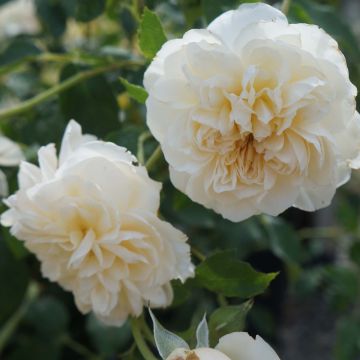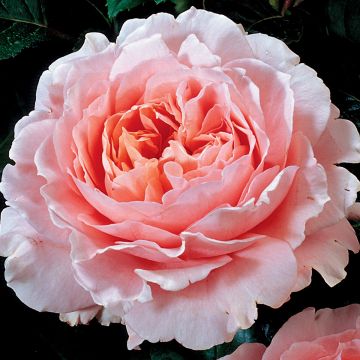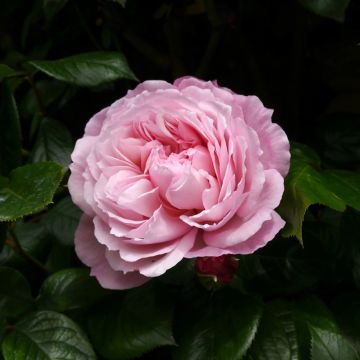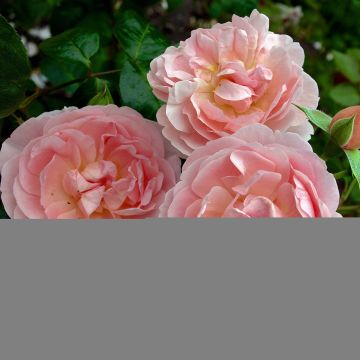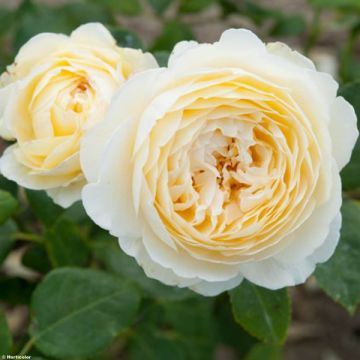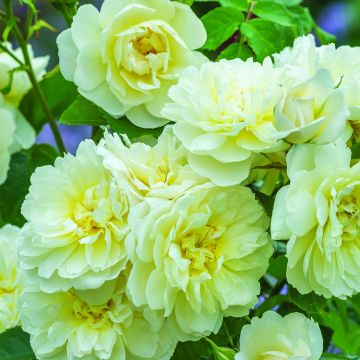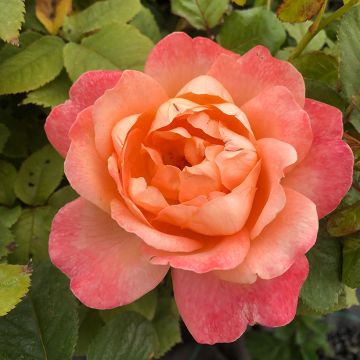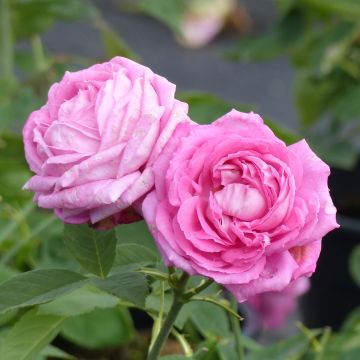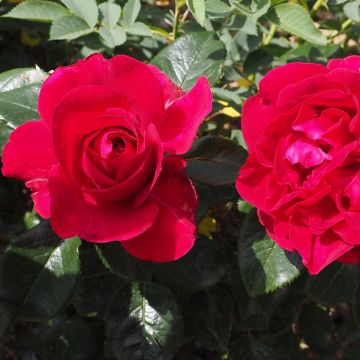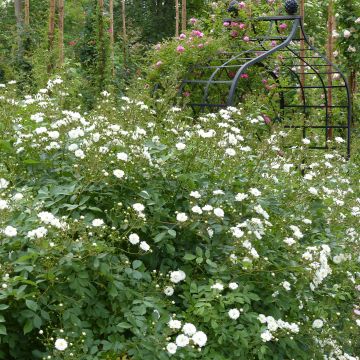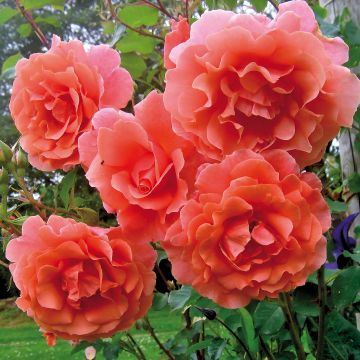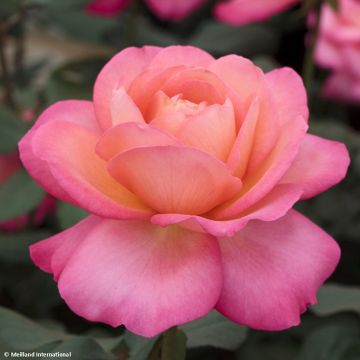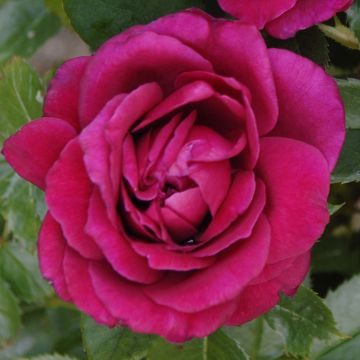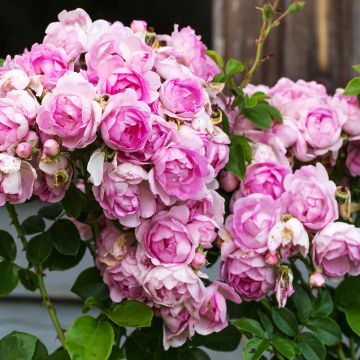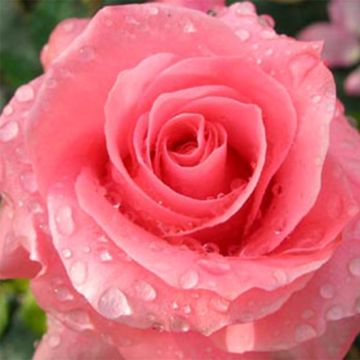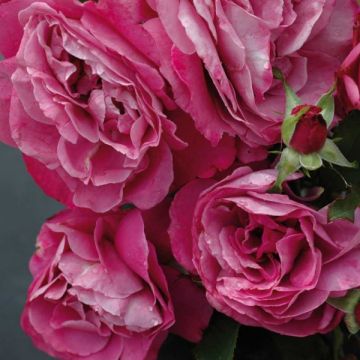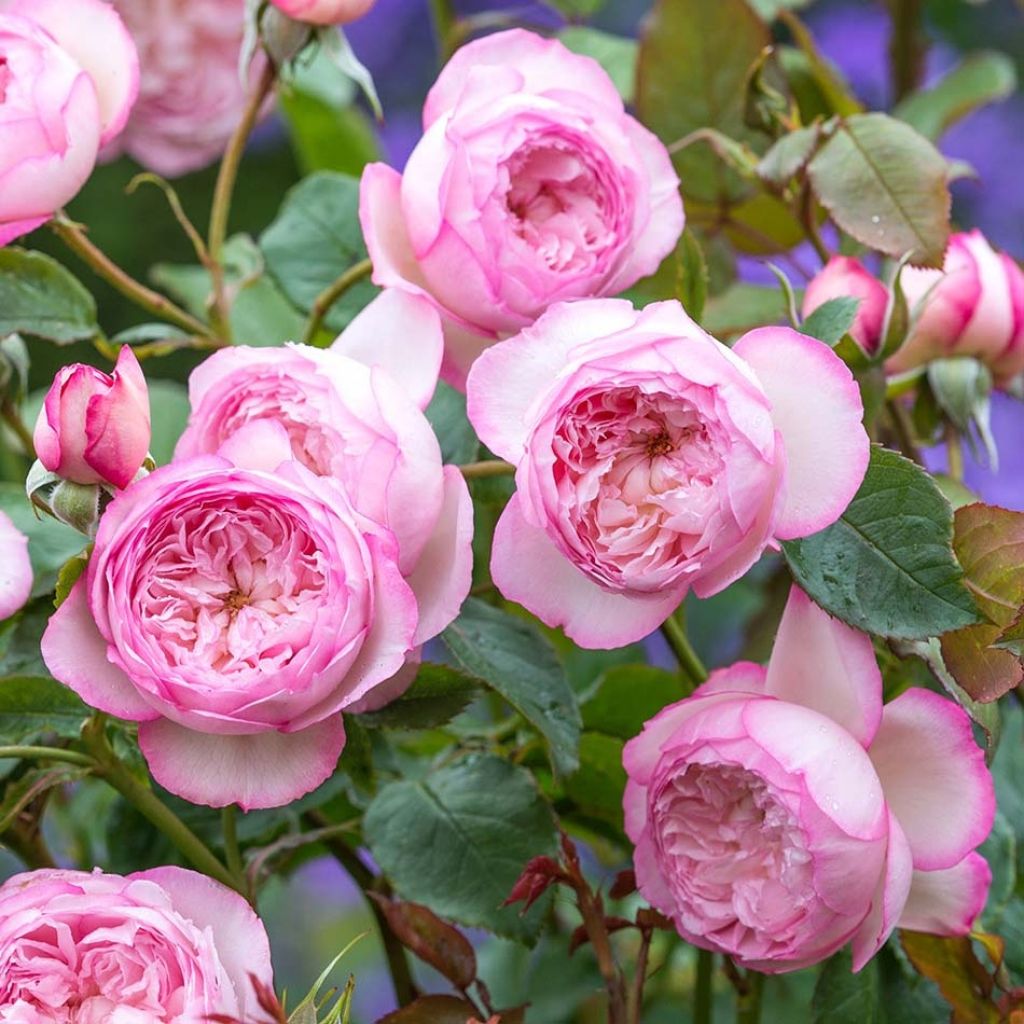

Rosa 'The Mill on the Floss' - English Rose
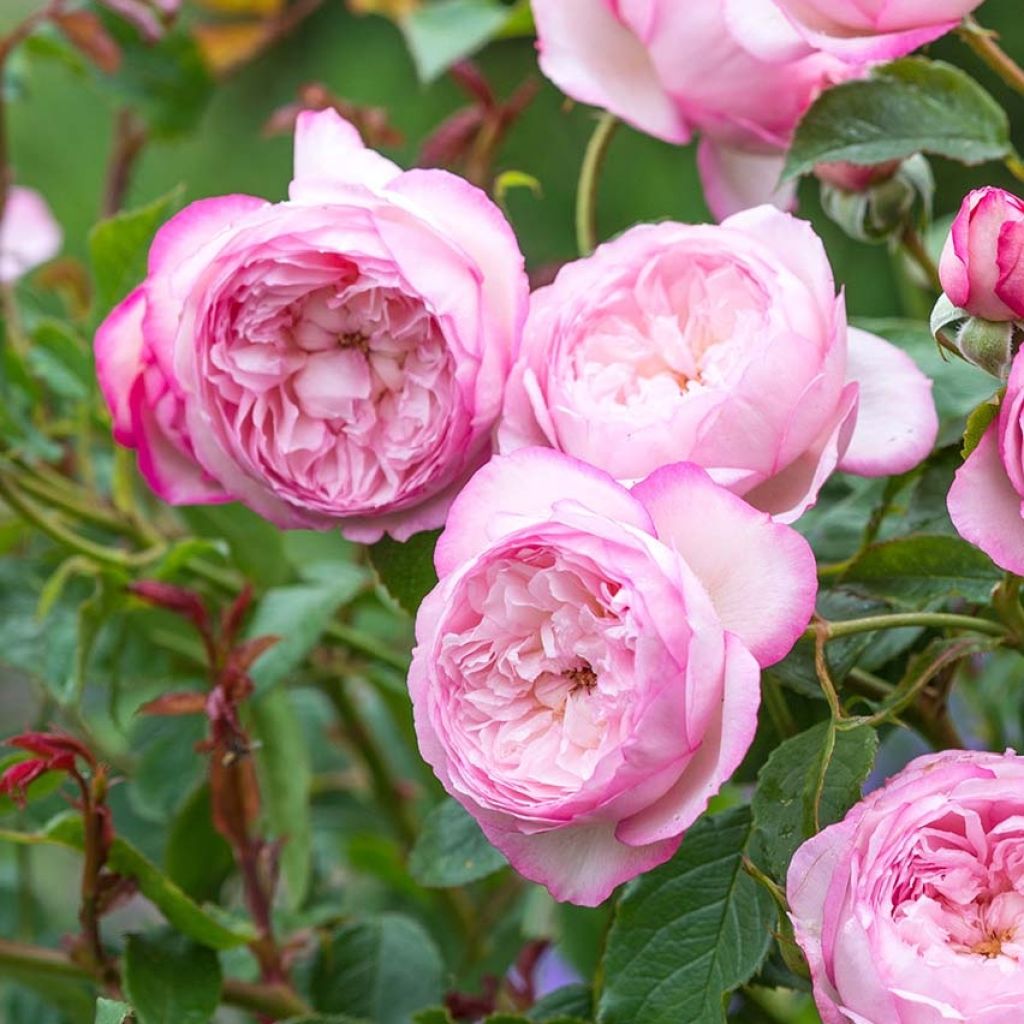

Rosa 'The Mill on the Floss' - English Rose
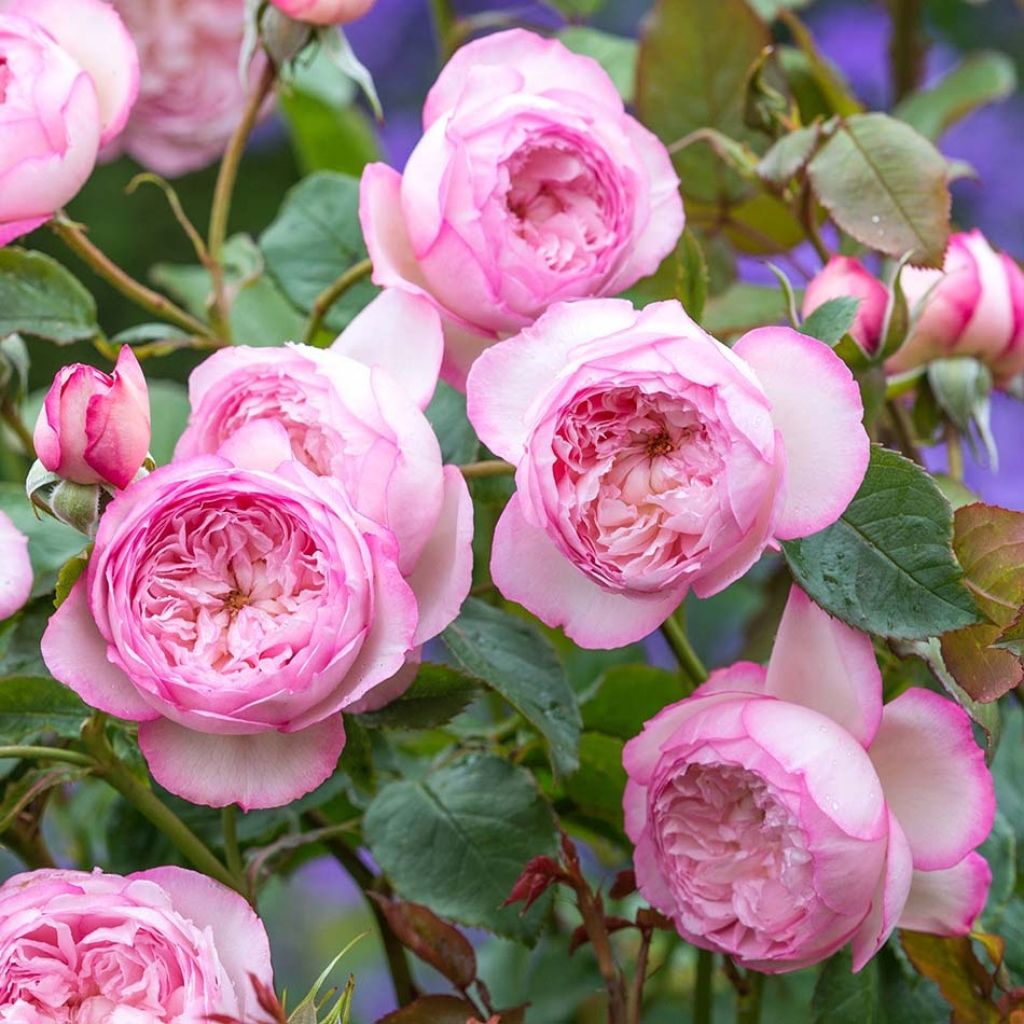

Rosa 'The Mill on the Floss' - English Rose
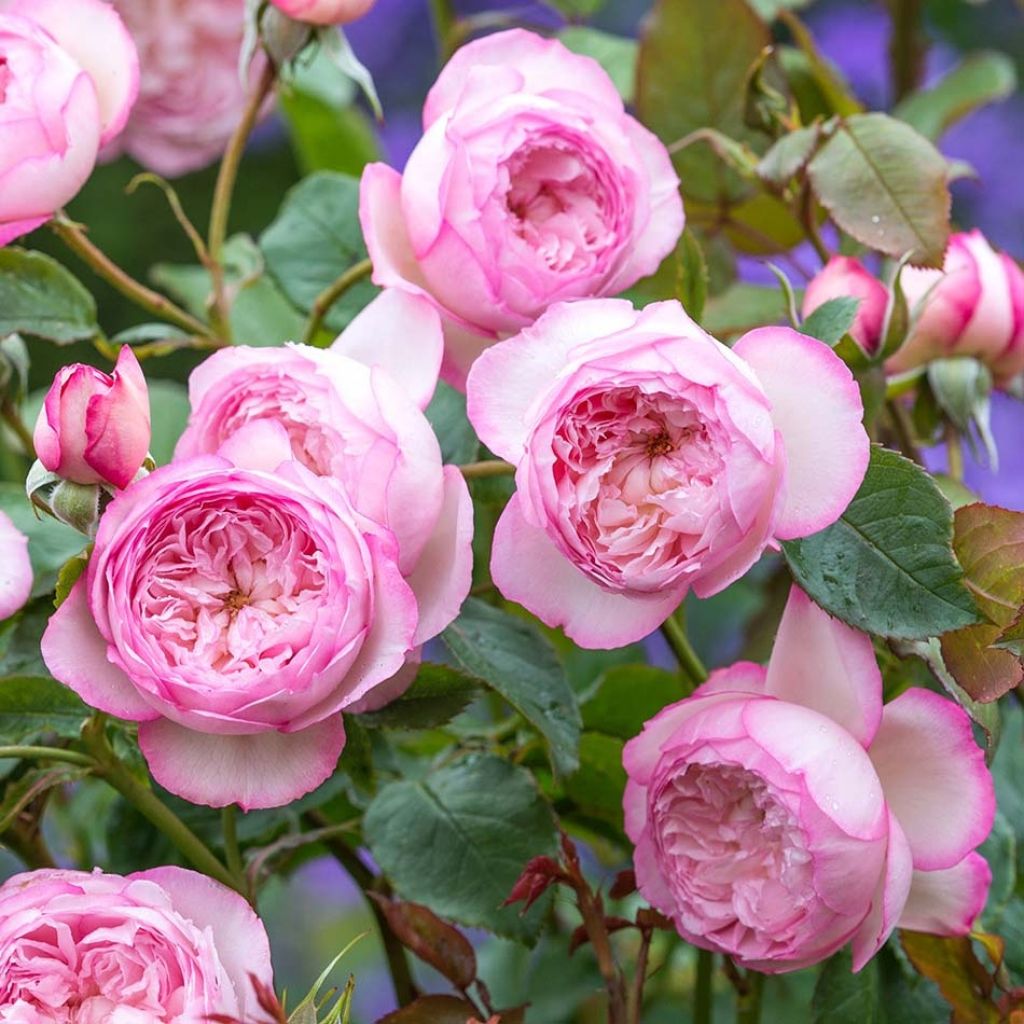

Rosa 'The Mill on the Floss' - English Rose
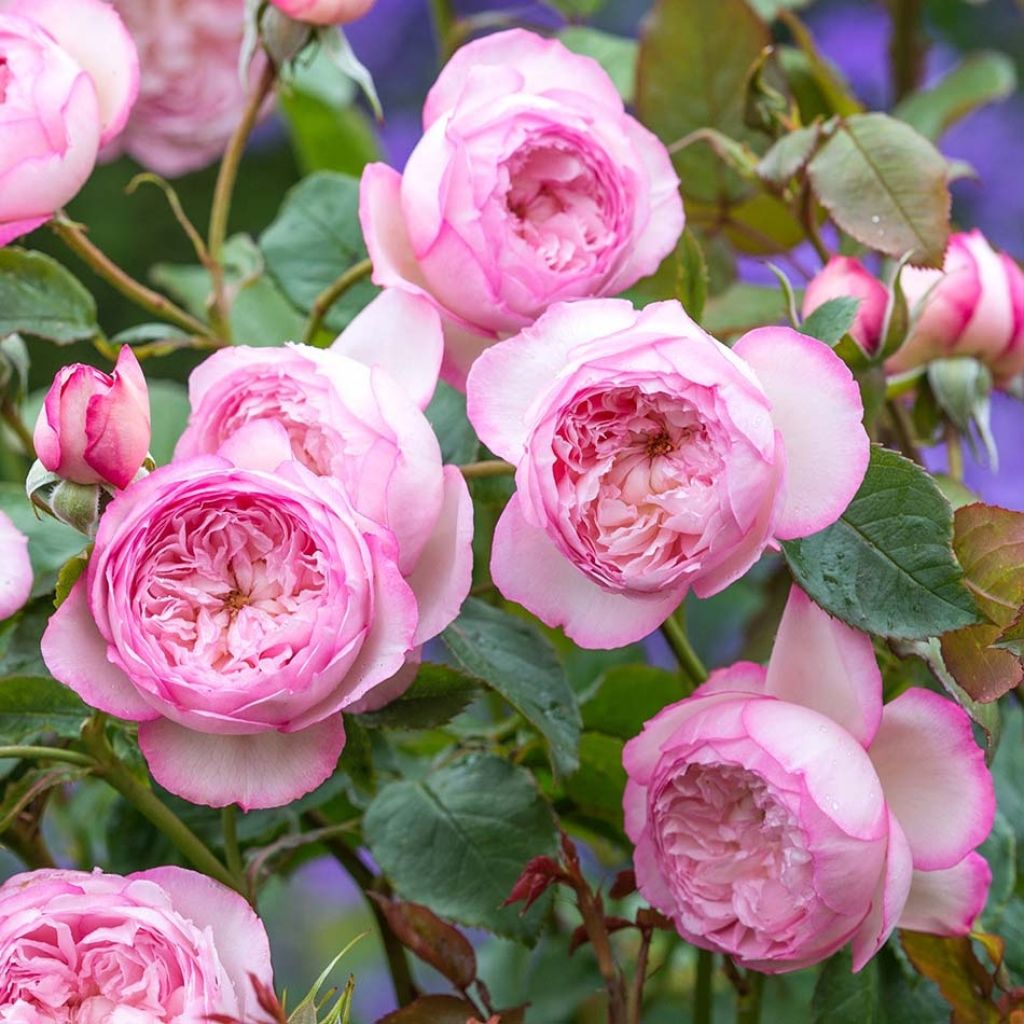

Rosa 'The Mill on the Floss' - English Rose
Rosa 'The Mill on the Floss' - English Rose
Rosa The Mill on the Floss® 'Austulliver'
Austulliver
Why not try an alternative variety in stock?
View all →This plant carries a 24 months recovery warranty
More information
We guarantee the quality of our plants for a full growing cycle, and will replace at our expense any plant that fails to recover under normal climatic and planting conditions.
From €5.90 for pickup delivery and €6.90 for home delivery
Express home delivery from €8.90.
From €5.90 for pickup delivery and €6.90 for home delivery
Express home delivery from €8.90.
Delivery to Corse prohibited: UE law prohibits the import of this plant from mainland France to Corse as part of the fight against Xylella fastidiosa. Please accept our sincere apologies.
More information
Does this plant fit my garden?
Set up your Plantfit profile →
Description
The English rose 'The Mill on the Floss' by David Austin bears the name of a monument of Victorian English literature full of poetry, published in France under the title "Le moulin sur la Floss". A name that suits this rose wonderfully, very 'shabby chic' made of delicacy and pure grace. On a bush with gracefully arched vegetation, beautiful bouquets of small cabbage-shaped roses bloom, with rounded and deep cups, with a sweet fruity fragrance. Starting as a medium lilac pink, its small flowers gradually fade while being edged with a pretty carmine pink rim. The bush is healthy, supple and bushy, dressed in abundant, shiny green foliage. It will be very difficult to resist this new creation, which undoubtedly ranks among the most exquisite.
This English rose, introduced in 2018, is part of the latest introductions by the famous rose breeder David Austin, presented at the Chelsea Flower Show in 2018. 'The Mill on the Floss' belongs to the group of English Hybrid Musks. It will form a beautiful bush with a gracefully upright and arched habit, reaching approximately 1.50 m (5ft) in height and 1.25 m (4ft) in spread. Its growth is rapid and vigorous, and its thorny stems are abundantly adorned with small, light green, shiny foliage and less susceptible to diseases under proper growing conditions. The young shoots are purplish to coppery, harmonizing with the pink colour of the flowers. The deciduous foliage falls in autumn. On this repeat-flowering bush, the flowers in small, round, regular and deep cups are composed of multiple tightly packed petals, revealing a lovely cluster of golden stamens late in the flowering process. Their colour evolves from a medium pink with a slight lilac hue to a pale lilac pink bordered with a light carmine pink. In this rose, the flowering takes the form of branched panicles, i.e. bouquets of several flowers. Their light but pleasant fragrance will be more noticeable in calm and warm weather. It falls into the category of sweet fruits.
The rose 'The Mill on the Floss', moving and poetic, is a variety ideally suited for the most romantic spots in the garden. It deserves a prominent place near the house. To accompany it, one can plant perennial geraniums, perennial salvias, forget-me-nots, or even chamomiles at its base, in any case, light flowers that will not overshadow its truly magnificent flowering. It will also thrive in a shrub border with other white, mauve or pink roses, lilacs, viburnums, and paniculate hydrangeas. Roses pair perfectly with catmints, bellflowers, paniculate baby's breath, and herbaceous or climbing clematis. Finally, you can plant it in front of taller shrubs or use it to fill the base of a tree so that it will dress with charm.
Obtained by David Austin
Report an error about the product description
Rosa 'The Mill on the Floss' - English Rose in pictures
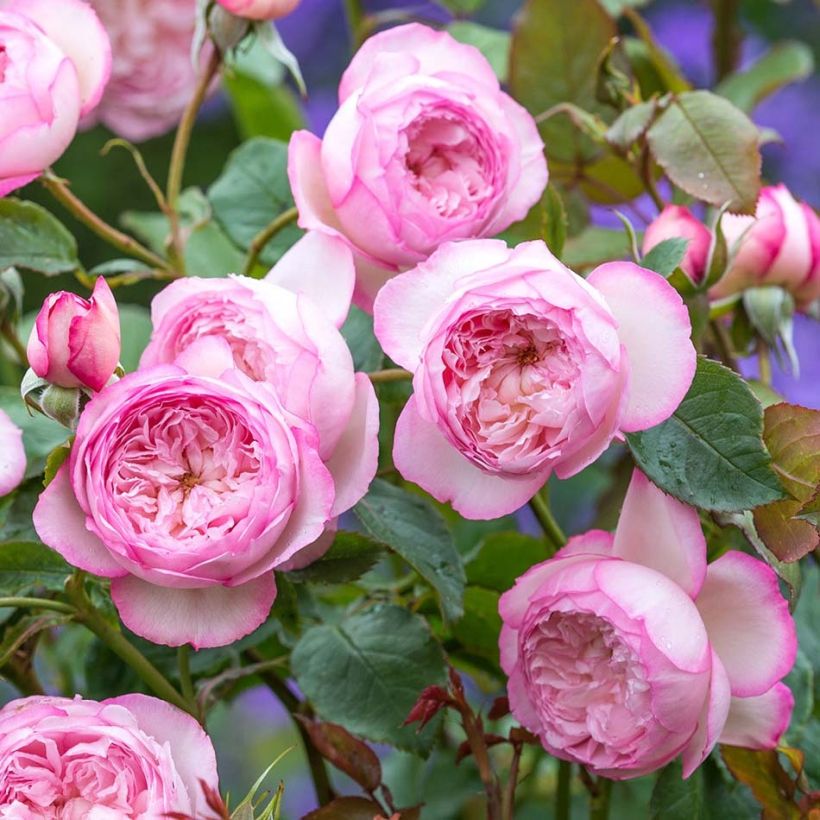

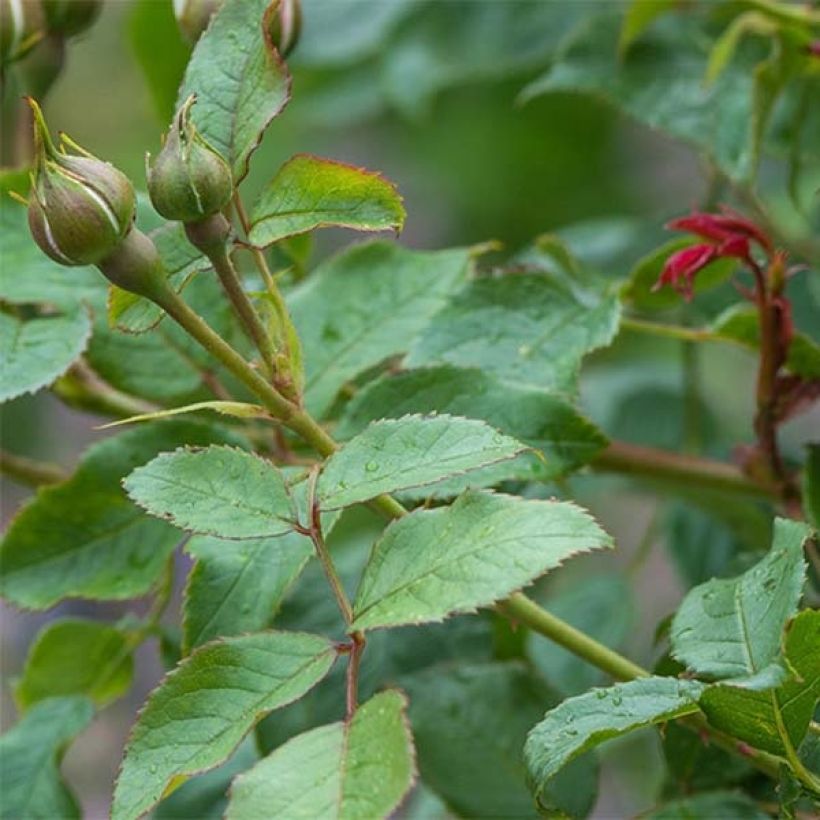

Plant habit
Flowering
Foliage
Botanical data
Rosa
The Mill on the Floss® 'Austulliver'
Rosaceae
Austulliver
Cultivar or hybrid
Rosa canina Laxa (Wrapped bare root, 4L/5L pot)
Other David Austin Roses
Planting and care
Plant your English Rose in a sunny or lightly shaded area. English roses are tolerant to different soil types but do not thrive in soil with excessive limestone. These roses can grow in any garden if the soil is well-worked, not too heavy, and rich enough. To plant your rose, crumble the soil and add an amendment, such as blood, fish and bone, to the bottom of the planting hole. After planting, water generously to remove any pockets of air, and regularly for the first few weeks to help with rooting.
Pruning English roses is essential for better flowering. At the end of winter, in February-March, shorten the branches to 3-5 buds above the ground (at the lowest), choosing an outward-facing bud for a more elegant look. While pruning, remove any dead wood and unsightly branches. Make sure to prune at a slant above a bud. As the flowers bloom, remove faded flowers to stimulate the development of other buds.
Roses often have stains or may look unsightly towards the end of summer. However, this is not a problem for their development. These stains are natural and do not harm the rose.
Planting period
Intended location
Care
This item has not been reviewed yet - be the first to leave a review about it.
Fragrant Roses
Haven't found what you were looking for?
Hardiness is the lowest winter temperature a plant can endure without suffering serious damage or even dying. However, hardiness is affected by location (a sheltered area, such as a patio), protection (winter cover) and soil type (hardiness is improved by well-drained soil).

Photo Sharing Terms & Conditions
In order to encourage gardeners to interact and share their experiences, Promesse de fleurs offers various media enabling content to be uploaded onto its Site - in particular via the ‘Photo sharing’ module.
The User agrees to refrain from:
- Posting any content that is illegal, prejudicial, insulting, racist, inciteful to hatred, revisionist, contrary to public decency, that infringes on privacy or on the privacy rights of third parties, in particular the publicity rights of persons and goods, intellectual property rights, or the right to privacy.
- Submitting content on behalf of a third party;
- Impersonate the identity of a third party and/or publish any personal information about a third party;
In general, the User undertakes to refrain from any unethical behaviour.
All Content (in particular text, comments, files, images, photos, videos, creative works, etc.), which may be subject to property or intellectual property rights, image or other private rights, shall remain the property of the User, subject to the limited rights granted by the terms of the licence granted by Promesse de fleurs as stated below. Users are at liberty to publish or not to publish such Content on the Site, notably via the ‘Photo Sharing’ facility, and accept that this Content shall be made public and freely accessible, notably on the Internet.
Users further acknowledge, undertake to have ,and guarantee that they hold all necessary rights and permissions to publish such material on the Site, in particular with regard to the legislation in force pertaining to any privacy, property, intellectual property, image, or contractual rights, or rights of any other nature. By publishing such Content on the Site, Users acknowledge accepting full liability as publishers of the Content within the meaning of the law, and grant Promesse de fleurs, free of charge, an inclusive, worldwide licence for the said Content for the entire duration of its publication, including all reproduction, representation, up/downloading, displaying, performing, transmission, and storage rights.
Users also grant permission for their name to be linked to the Content and accept that this link may not always be made available.
By engaging in posting material, Users consent to their Content becoming automatically accessible on the Internet, in particular on other sites and/or blogs and/or web pages of the Promesse de fleurs site, including in particular social pages and the Promesse de fleurs catalogue.
Users may secure the removal of entrusted content free of charge by issuing a simple request via our contact form.
The flowering period indicated on our website applies to countries and regions located in USDA zone 8 (France, the United Kingdom, Ireland, the Netherlands, etc.)
It will vary according to where you live:
- In zones 9 to 10 (Italy, Spain, Greece, etc.), flowering will occur about 2 to 4 weeks earlier.
- In zones 6 to 7 (Germany, Poland, Slovenia, and lower mountainous regions), flowering will be delayed by 2 to 3 weeks.
- In zone 5 (Central Europe, Scandinavia), blooming will be delayed by 3 to 5 weeks.
In temperate climates, pruning of spring-flowering shrubs (forsythia, spireas, etc.) should be done just after flowering.
Pruning of summer-flowering shrubs (Indian Lilac, Perovskia, etc.) can be done in winter or spring.
In cold regions as well as with frost-sensitive plants, avoid pruning too early when severe frosts may still occur.
The planting period indicated on our website applies to countries and regions located in USDA zone 8 (France, United Kingdom, Ireland, Netherlands).
It will vary according to where you live:
- In Mediterranean zones (Marseille, Madrid, Milan, etc.), autumn and winter are the best planting periods.
- In continental zones (Strasbourg, Munich, Vienna, etc.), delay planting by 2 to 3 weeks in spring and bring it forward by 2 to 4 weeks in autumn.
- In mountainous regions (the Alps, Pyrenees, Carpathians, etc.), it is best to plant in late spring (May-June) or late summer (August-September).
The harvesting period indicated on our website applies to countries and regions in USDA zone 8 (France, England, Ireland, the Netherlands).
In colder areas (Scandinavia, Poland, Austria...) fruit and vegetable harvests are likely to be delayed by 3-4 weeks.
In warmer areas (Italy, Spain, Greece, etc.), harvesting will probably take place earlier, depending on weather conditions.
The sowing periods indicated on our website apply to countries and regions within USDA Zone 8 (France, UK, Ireland, Netherlands).
In colder areas (Scandinavia, Poland, Austria...), delay any outdoor sowing by 3-4 weeks, or sow under glass.
In warmer climes (Italy, Spain, Greece, etc.), bring outdoor sowing forward by a few weeks.

































